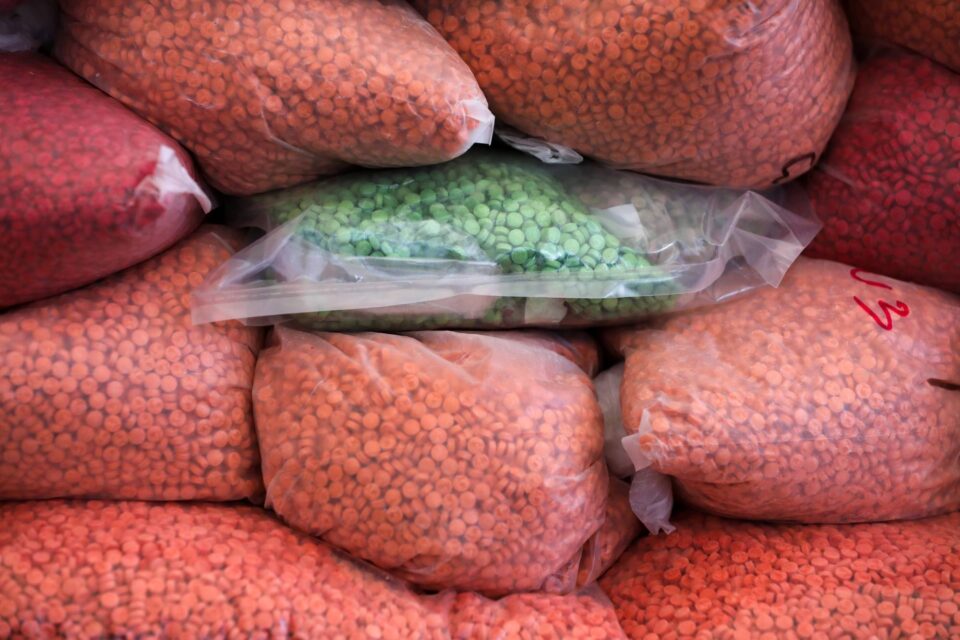The United Nations Office on Drugs and Crime (UNODC) has urged regional governments to focus on suppressing precursor substance trafficking to end the cross-border trade of drugs.
Together with the Office of the Narcotics Control Board (ONCB), the UNODC launched its annual report “Synthetic Drugs in East and Southeast Asia: Latest Developments and Challenges 2021” in Bangkok on Thursday.
Jeremy Douglas, UNODC Regional Representative for Southeast Asia and the Pacific, said organised crime groups have been expanding the regional trade of precursor substances, in the Upper Mekong and Shan State of Myanmar.
“While the pandemic has caused the global economy to slow down, criminal syndicates that dominate the region have quickly adapted and capitalised.
They have continued to aggressively push supply in a conscious effort to build the market and demand,” he said.
According to the report, methamphetamine seizures in the region last year amounted to 170 tonnes, up 19% on the 142 tonnes seized in 2019.
It also said the Northeast had become the new main smuggling route with the drugs entering Thailand from Laos.
“Laos has the biggest border with Thailand … it arcs from Shan state from Myanmar to Cambodia,” he said.
Mr Douglas said although international cooperation on this issue did exist, it was not extensive.
“It is not systematic and the legal systems do not deal with the big figures who are really controlling the drug trafficking. Things are done on a case-by-case basis.
“We’ve come here to accelerate the process.
You know, by the time we get cooperation, it would have taken a month. The criminals work much faster than the legal process,” he said.
Inshik Sim, UNODC regional coordinator for the Global SMART programme, added that there has also been a high concentration of supply within the Lower Mekong countries of Cambodia, Laos, Myanmar and Thailand.
“If we calculate both East Asia and South East Asia altogether, in this lower Mekong Delta, the seizure of meth accounted for 71% of total seizure in both regions,” he noted.
Furthermore, there was an increasing seizure of precursor chemicals in the Northeast border.
In 2019, 13 tonnes of precursor chemicals were seized in this area but it increased to 125 tonnes last year.
Additionally, Cambodia, which Mr Sim said has become a new methamphetamine manufacturing source, saw the seizure of the region’s largest amount of Methyl a-Acetyl Phenyl Acetate (MAPA), a precursor material of methylamphetamine (Ice) and amphetamine.
bkkp




